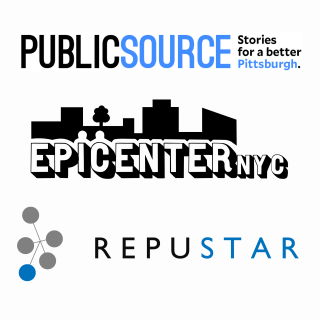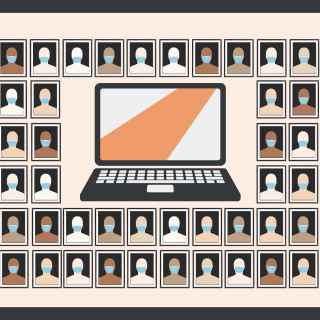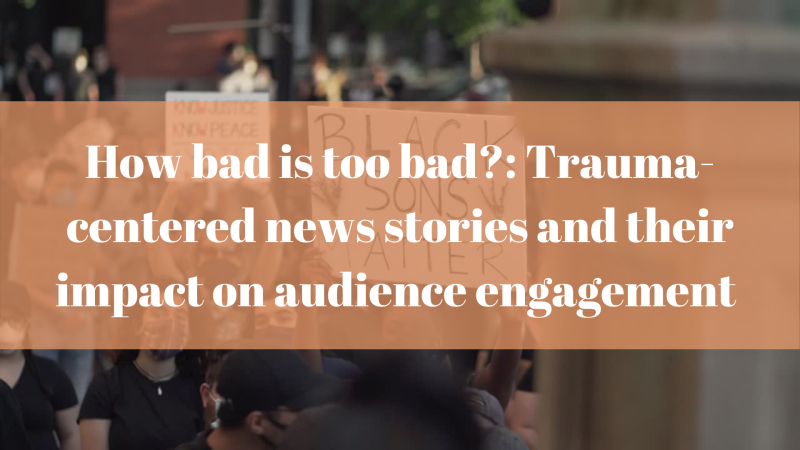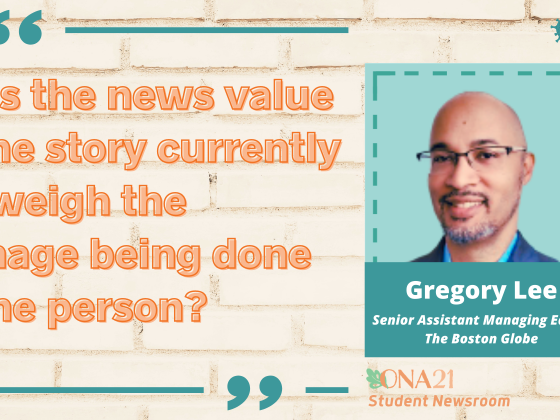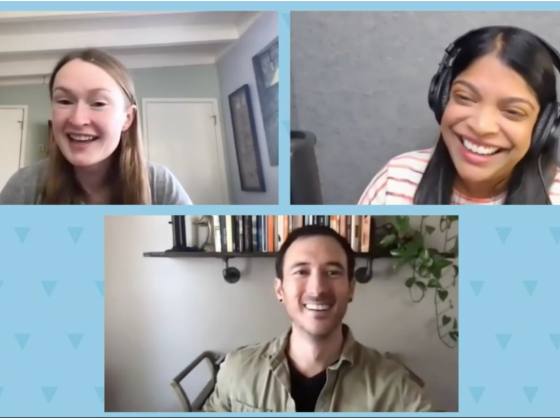After a year of social and political unrest, a global pandemic and little time away from our digital devices, news consumers and newsrooms are seeking ways to consume and produce more intentional and balanced online coverage.
With studies showing that news consumers are feeling overwhelmed and increasingly stressed about negative messaging being presented to them on a daily basis, some newsrooms are seeking out new methods for sharing information and establishing trust.
A 2018 Pew Research Center Study found that increased social media news and news consumption can cause negative mental health symptoms among American consumers. Survey respondents identified “fear-mongering” as a key deciding factor for their news avoidance, stating that the information made them fearful but offered no solutions for initiating change.
Gen-Z and calls for “news we can use”
Kam Burns, an engagement editor at POLITICO says readers would like more “news we can use”. They recognize that, over the past year, the coverage of topics like politics, environmentalism, racial injustice, and the COVID-19 pandemic contributed to an unyielding sense of helplessness for some readers.
As a result, POLITICO and a variety of other publications are finding new ways to connect.
“People are more open to hearing about it, because it seems like there’s going to be positive developments.” Burns said. “In situations where people feel helpless, they don’t want to hear about it because there’s nothing they can really do.”
For editors and reporters alike, acknowledging the conflict readers feel in consuming high-stakes or trauma-centered news content can be a step in building trust with an audience.
“We had to evaluate how do we get this message across to people without seeming like we’re fear mongering, because there was so much uncertainty in the early pandemic days.”
For young people, the cyclical nature of negative news emerging onto their social media feeds is often triggering and causes them to avoid news entirely.
The survey showed a desire for more coverage which allows readers to take action and engage with the issues being discussed. Finding new ways to connect with audiences and make them feel represented and heard in the storytelling is becoming more and more common , Burns said.
The survey also showed that news consumers want more direct interaction with the newsrooms and reporters, especially on stories about their community.
Audience engagement for disconnected groups
ProPublica engagement reporter Beena Raghavendran, who is also an MJ Bear Fellow for ONA, makes audience feedback and engagement a key element of her reporting.
Raghavendran’s work centers around collaborating with reporters across the United States to boost audience voice and engagement in stories. She is seeking to increase accessibility to news for individuals with intellectual and developmental disabilities and has used a variety of different approaches to expand the bounds of storytelling for those without regular access to news through community engagement events and outreach.
The MJ Bear Fellowship allowed her to think more critically about engagement, she said.
“I think, one big thing that I realized in this reporting is, it’s not so much that people are hard to reach, it’s that journalists need to work harder to reach them, or sometimes think outside of their own box in how to reach folks.”
Raghavendran and her collaborators aren’t just thinking about the ways people with intellectual and developmental disabilities use social media. They hope to “put the stories in those spaces and invite more conversation there.”
